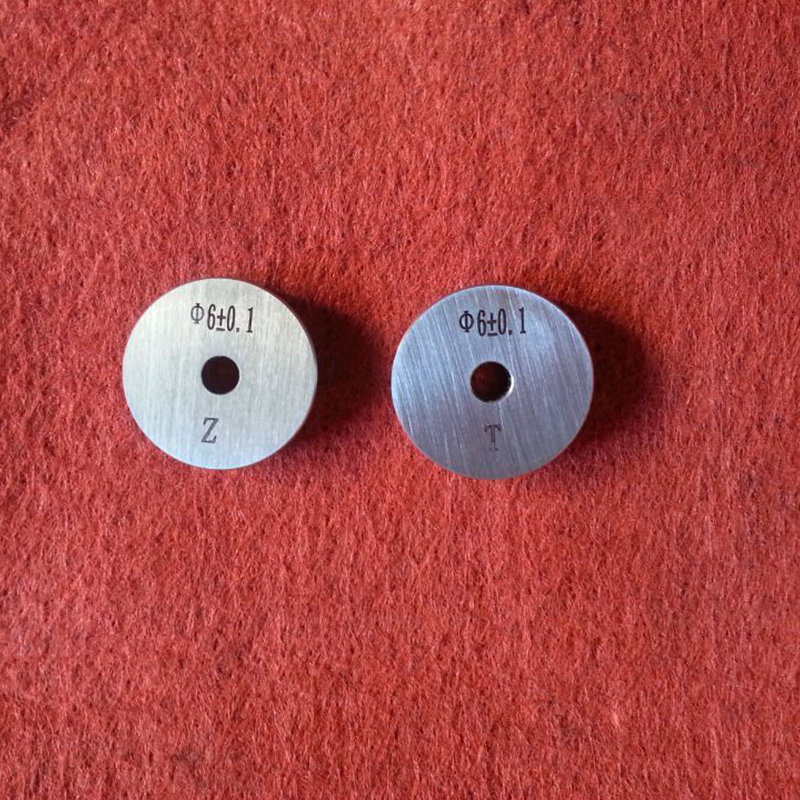Dec . 04, 2024 10:22 Back to list
Understanding Hydraulic Ball Check Valve Function and Applications in Fluid Systems
Understanding Hydraulic Ball Check Valves Key Components and Applications
Hydraulic systems are integral to a multitude of industrial processes, from manufacturing to construction. One critical component often utilized in these systems is the hydraulic ball check valve. This article delves into the specifics of hydraulic ball check valves, exploring their design, functionality, advantages, and various applications.
What is a Hydraulic Ball Check Valve?
A hydraulic ball check valve is a mechanical device used to prevent backflow in hydraulic systems. It is designed to allow fluid to flow in one direction while blocking it from flowing in the opposite direction. The heart of the valve is a sphere, traditionally made of steel or plastic, which moves up and down within a cylindrical housing. When fluid flows in the intended direction, the ball is pushed away from the valve seat, allowing fluid to pass through. If the flow reverses, the ball is pushed back against the seat, creating a seal that prevents backflow.
Design and Construction
The construction of a hydraulic ball check valve typically comprises a valve body, a ball (the closure element), and a spring (which may or may not be present depending on the valve design). The valve body is usually made from durable materials such as brass, stainless steel, or thermoplastics, ensuring compatibility with various fluids and operating conditions.
The ball itself is engineered to fit precisely in the valve seat, allowing for a close seal when the valve is closed. This design minimizes leakage and maximizes efficiency. Moreover, the size of the valve—like the diameter of the opening—affects flow rates and pressure drops, necessitating careful selection based on the specific hydraulic application.
Functionality of Hydraulic Ball Check Valves
The primary function of a hydraulic ball check valve is to prevent backflow, which can lead to system failures, contamination of fluids, or damage to equipment. Backflow can occur for various reasons, such as equipment shutdowns, gravitational forces, or sudden changes in pressure. By ensuring unidirectional flow, ball check valves enhance the overall reliability of hydraulic systems.
These valves are typically installed in pipelines, pumps, or near accumulators, where they can effectively manage fluid dynamics. They are especially valued in systems where pressure fluctuations are common, as they can quickly respond to changes, maintaining system integrity.
Advantages of Hydraulic Ball Check Valves
hydraulic ball check valve

One of the significant advantages of hydraulic ball check valves is their simple design, which allows for easy installation and maintenance. Unlike other check valve designs, such as swing or diaphragm check valves, ball check valves have fewer moving parts, reducing the likelihood of mechanical failure. The ball's action is swift and self-activating, requiring no external power to function. This self-regulating feature is especially beneficial in applications where reliability is paramount.
Additionally, ball check valves offer low flow resistance, which means they do not significantly impede the passage of fluid. This characteristic is crucial in hydraulic systems that require efficient fluid transfer for optimal performance.
Applications of Hydraulic Ball Check Valves
Hydraulic ball check valves are utilized across various industries due to their reliability and effectiveness. Common applications include
1. Hydraulic Systems They are essential in hydraulic power units, ensuring that hydraulic fluid flows to actuators without backflow that might disrupt operations.
2. Water and Wastewater Management In water treatment plants, these valves prevent backflow, safeguarding the quality of treated water.
3. Aerospace and Automotive Hydraulic systems in aircraft and vehicles employ ball check valves to maintain safe and efficient fluid operations.
4. Manufacturing Many manufacturing processes that employ hydraulic machinery utilize ball check valves to control fluid flow and maintain pressure.
Conclusion
In conclusion, hydraulic ball check valves are vital components in modern hydraulic systems, providing a straightforward yet effective solution to prevent backflow. Their design, functionality, and advantages make them a preferred choice in numerous applications across various industries. As technology continues to advance, the demand for such reliable components is likely to grow, ensuring the continued efficiency and safety of hydraulic operations. Understanding the operation and benefits of hydraulic ball check valves is essential for engineers and technicians involved in fluid dynamics, ultimately contributing to the enhancement of hydraulic system performance.
-
Thread Plug Gauge Our Promise of Measurement ExcellenceNewsAug.22,2025
-
Gauge Pin Class Reflecting Quality LegacyNewsAug.22,2025
-
Check Valve Types for High Rise BuildingsNewsAug.22,2025
-
Water Control Valve for Irrigation SystemsNewsAug.22,2025
-
Gate Valve with Soft Seal TechnologyNewsAug.22,2025
-
Y Type Strainer for Oil and Gas ApplicationsNewsAug.22,2025
Related PRODUCTS









